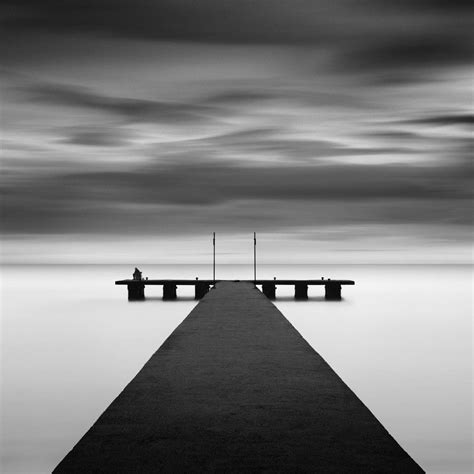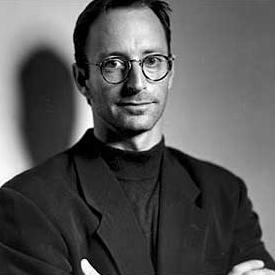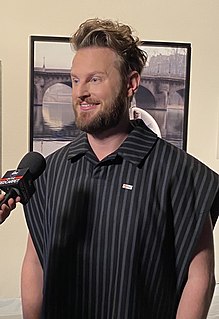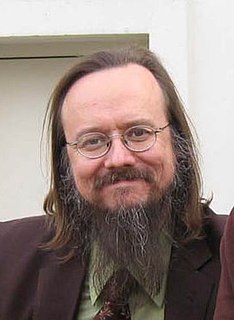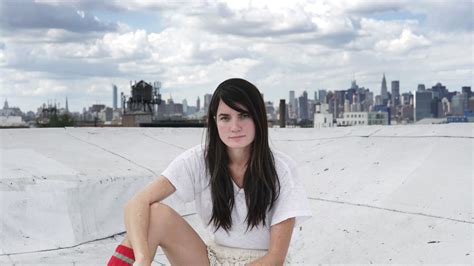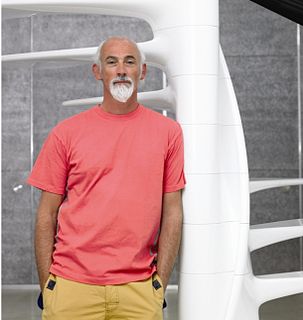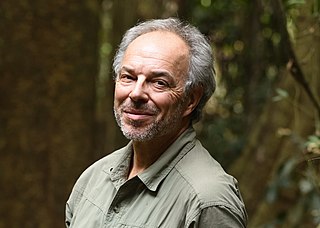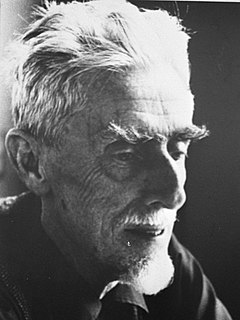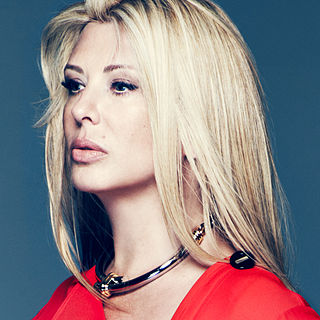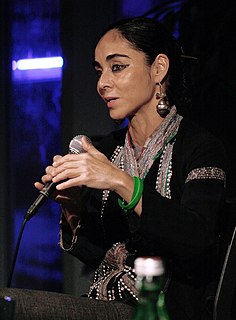A Quote by Jeff Koons
I use printers to make prints of the images that I am creating. And I try to have that surface kind of replicated in the painting.
Related Quotes
In fine arts, when you make a painting, it's just a painting. But if you make a painting in the entertainment industry, it can be an album cover or a t-shirt or a logo. I like that entertainment has this usefulness - that it's ultimately trying to make a bunch of people feel something, and to think about life and be able to use things that were so simple and direct but potentially have a really powerful effect.
A painting is nothing more than light reflected from the surface of a pigment-covered canvas. But a great painter can make you see the depth, make you feel the underlying emotion, make you sense the larger world. That, too, is the power of science: to sense and convey the depth and dimensionality of nature, to glance at the surface and to divine the shape of the universe around us.
I try in my prints to testify that we live in a beautiful and orderly world, not in a chaos without norms, even though that is how it sometimes appears. My subjects are also often playful: I cannot refrain from demonstrating the nonsensicalness of some of what we take to be irrefutable certainties. It is, for example, a pleasure to deliberately mix together objects of two and three dimensions, surface and spatial relationships, and to make fun of gravity.

